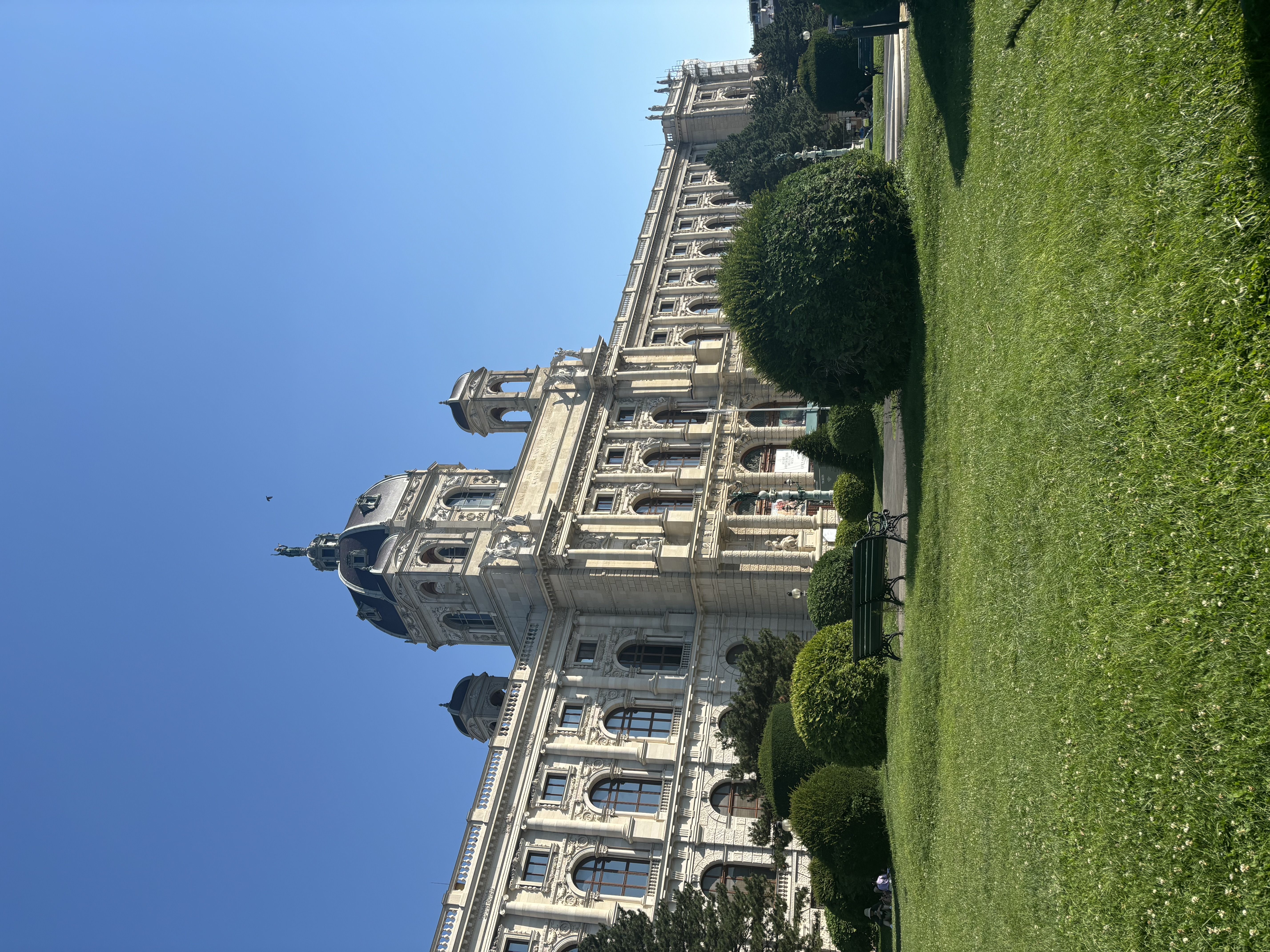
We ventured further east to a city I had been to before: Budapest, Hungary, the motherland of water polo. I had visited Budapest ten years ago but had largely forgotten what the city looked like. It gave me perspective on how quickly ten years go by and how little you remember from that time. Spanning across the Danube River, this city has ancient bridges, grand castles, and parliament buildings that line its iconic skyline. Spending four days here was a pure nostalgic treat as we walked around famous monuments, visited thermal baths, and strolled along the river. The thermal baths were something I hadn’t done before and were extremely relaxing given how much we had been walking. Budapest has one of the best nightlife scenes in all of Europe, with many notable clubs and bars worth visiting. We visited the famous “ruin bar” with many levels featuring all kinds of dance music, themed rooms, and bars, all in an old building ruin, giving it a great dive bar feel. We enjoyed our dinners on outdoor terraces, most of which were in the middle of lively areas of town. Riding the above-ground trams seemed like a blast from the past as they had a true trolley feel to them. Budapest’s history, particularly its role in World War II and under Soviet occupation, is remembered with many monuments dedicated to it. Despite its war-torn history, the city has done a magnificent job preserving important monuments, bridges, and buildings. Some of Europe’s best architecture resides in Budapest, and it is one of the most beautiful cities we visited on our trip.
 JT Sarmento
JT Sarmento

 JT Sarmento
JT Sarmento

